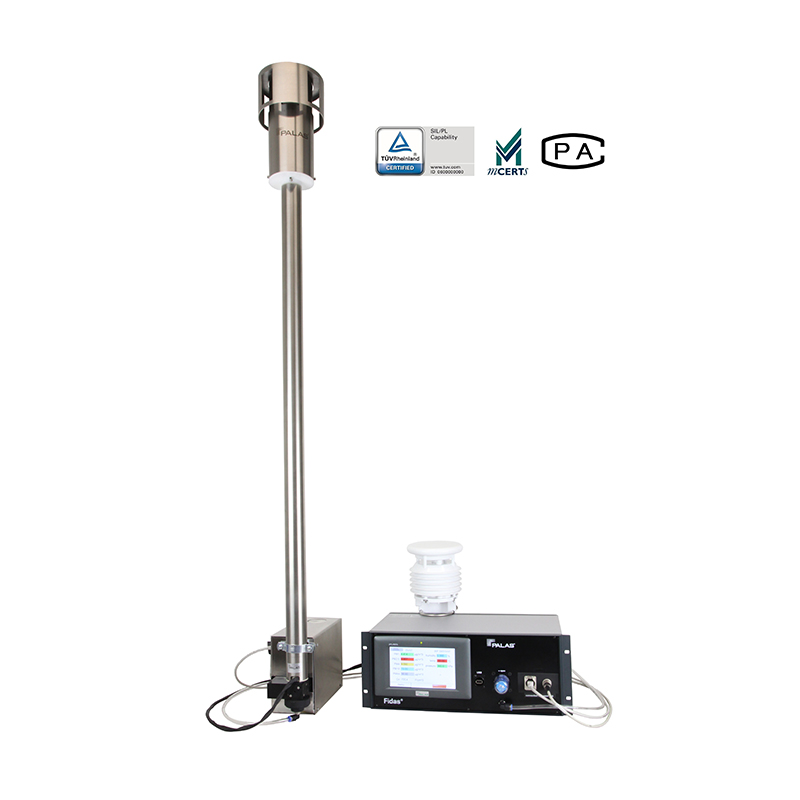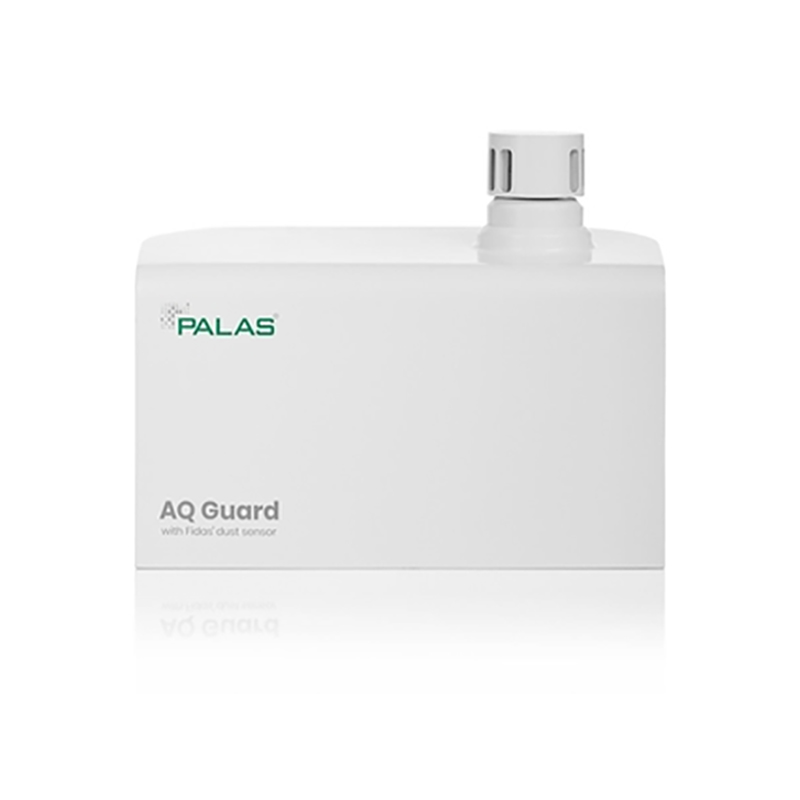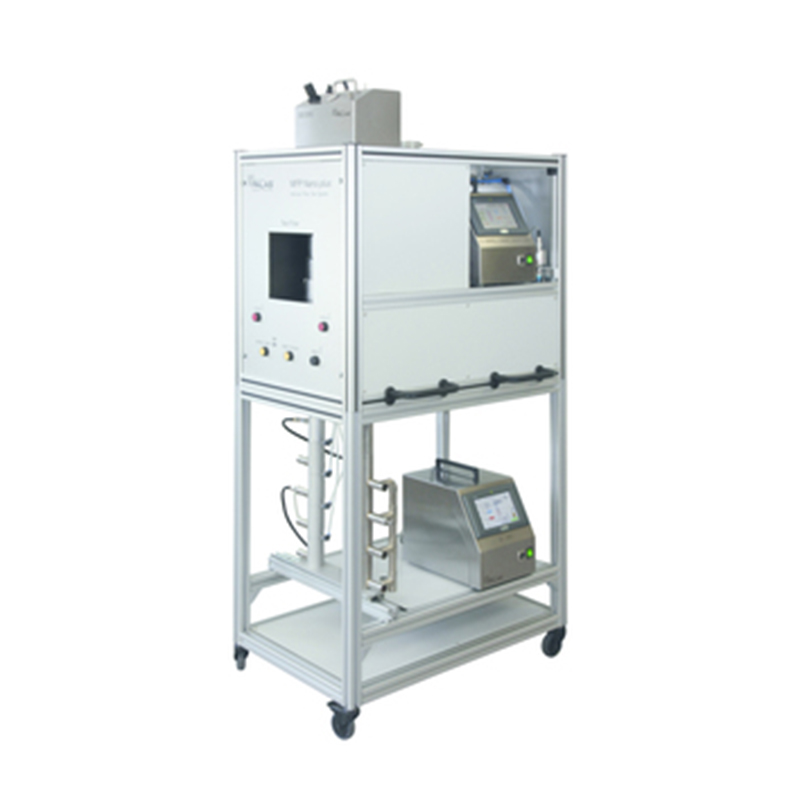Description
Low-concentration solid particle aerosols from powders are required for many applications in research, development, and quality assurance and for the calibration of particle measurement devices.
For more than 25 years, the RBG system has been successfully used worldwide for the reliable dispersion of non-cohesive powders, e.g. mineral dusts, active pharmaceutical ingredients, pollen, etc., within the size range of < 100 µm and with a fine fraction of < 100 nm. Monolithic solid materials, e.g. blackboard chalk, are finely dispersed with optimal dosing constancy.
The difference between RBG 2000 and RBG 1000 make the feed stock reservoirs of RBG 2000, which are longer than the feed stock reservoirs of RBG 1000, and the availability of a reservoir with a bigger diameter. The fill level of the feed stock reservoir of RBG 2000 is 180 mm. Thus, the special advantage of RBG 2000 in comparison to RBG 1000 is that the dosing time with the same mass flow can be extended by more than a factor of 3. Mass flows of between approx. 200 mg/h and 560 g/h are dispersed with optimal dosing constancy due to the quick and easy replacement of the feed stock reservoir.
Optional: Pressure-resistant up to 3 bar
Startup
The powder to be dispersed is gradually poured in the cylindrical solid material reservoir and compressed with a tamper. The filled reservoir is inserted into the dispersing head on the RBG and the powder, which has been uniformly compressed at the filling level, is conveyed onto a rotating brush at a precisely controlled feed rate. The adjustable volume flow moves over the tightly woven precision brush at very high speed and pulls the particles out of the brush.
The dispersing head assembly comprises a dispersing head, dispersing cover, precision brush, and solid material reservoir.

Fig. 1: RBG system schematic diagram
Dosing
Dosing is performed based on a precisely controlled feed rate on the feed piston. The desired mass flows are able to be easily and reproducibly defined based on the cross section of the reservoir, the precisely adjustable feed rate of the feed piston, and the compacted density of the powder in the reservoir.

Table 1: Mass flows of RBG system (compacted density 1 g/cm3)
Dispersing
The powder conveyed from the reservoir by the precision brush is virtually completely dispersed into individual particles up to < 100 nm by the dispersing air in the dispersing head (see Fig. 2).

Fig. 2: Particle size distribution with welas® digital 2000

Fig. 3: Type A dispersing cover
Two different dispersing covers can be used for optimal dispersion (see Fig. 3, additional details under “Accessories”), including: Type A and type D.

Table 2: Dispersion covers

Table 3: Different versions of the RBG system
I = version for inhalation
D = pressure-resistant
G = low feed rate
L = easily removable and weighable dosing unit
S = nitrogen version
Pulse mode
The construction design of the RBG system allows for operation in “powder”/”no powder” pulse mode with cycle lengths ranging down to a second. The function can be set manually via the “Stop/Start”, and “Forward” keys or automatically via an electric timer switch.
All RBG versions can be optionally controlled using a remote control or PC.




